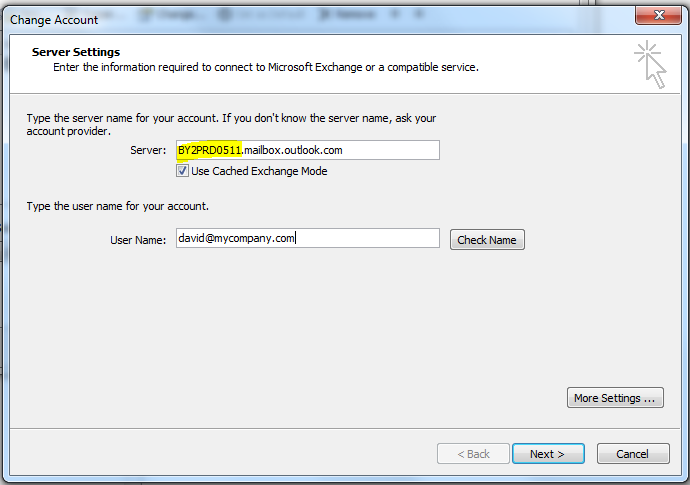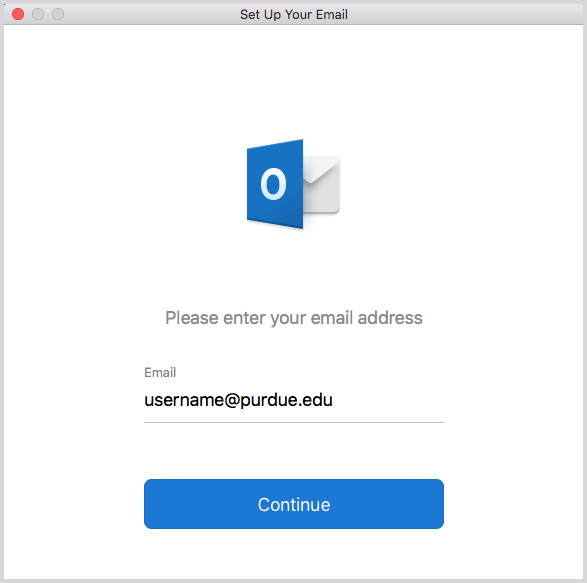


Screen 1 on page 169 shows the Microsoft Exchange Server delivery service in my Outlook profile.

When you configure the full Exchange or Outlook client, you must add a delivery service to Exchange. (For the appropriate client software, always obtain the latest version from Microsoft.) To connect to an Exchange server, you must install the full Exchange client from the Exchange Server CD-ROM or the Outlook client from the Outlook CD-ROM. However, the free Exchange client delivers mail to only a Microsoft Mail Post Office for a workgroup. Many users assume that the Exchange client that comes with the default Windows NT or Windows 95 installation will deliver mail to an Exchange server. Most companies using Exchange Server as their messaging server use the Exchange or Outlook email client on the desktop. To help you get a real-world understanding of how Exchange Server interacts with these protocols and email clients, I will provide examples from the small network that I described last month, which Figure 1, page 166, shows. In this article, I'll describe how Microsoft's Exchange, Outlook, and Outlook Express email clients use these protocols, as well as Internet Message Access Protocol (IMAP), with Exchange Server 5.5. Last month, I gave an overview of how Microsoft Exchange Server supports the Simple Mail Transfer Protocol (SMTP) and Post Office Protocol (POP) 3 email protocols (for a list of related articles, see "Related Articles in Windows NT Magazine," page 169). Configuring SMTP and POP3 in the Exchange client, Outlook, and Outlook Express


 0 kommentar(er)
0 kommentar(er)
